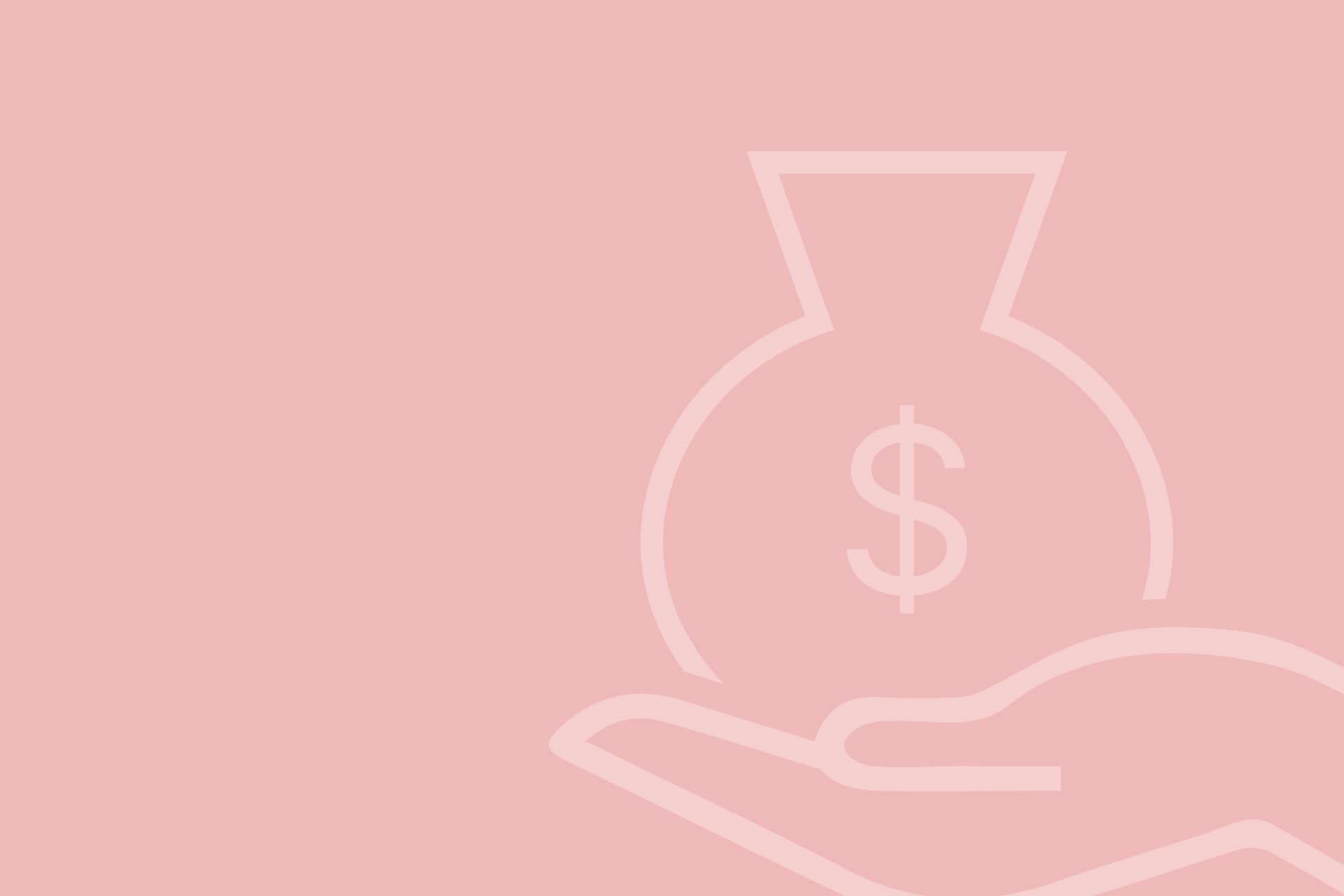A USD 10,000 handbag or a finely engineered mechanical watch isn’t usually purchased for practical utility but for what it represents. These items sit at the heart of a global luxury market now worth nearly USD 500 billion, driven not by necessity but by identity, exclusivity, and symbolic value. Their appeal is less about solving problems and more about signaling status, taste, or belonging.
For investors, this makes them a unique asset class. From whisky bottles and vintage collectibles to stocks in heritage brands, luxury holdings tend to behave differently. They retain pricing power, often show resilience in downturns, and benefit from long-term macro trends in global wealth concentration, emerging market demand, and digital luxury distribution.
What is a luxury good in economics?
Luxury goods aren’t defined by price alone. In economic terms, a luxury good is one where demand increases disproportionately as income rises. Unlike basic goods—like fuel or food—luxury items can show positive income elasticity. The higher the disposable income, the more people may spend on them.
What sets these goods apart is a mix of scarcity, craftsmanship, and symbolic value. They are nonessential but culturally elevated. Consumers don’t buy them because they need to but because they want to project something about themselves. Economists often describe them as Veblen goods, where demand increases with price precisely because higher prices signal exclusivity.
A few examples of luxury goods are:
- Fashion & leather goods. Handbags, couture clothing, and high-end shoes
- Watches & jewelry. Mechanical timepieces, and diamond accessories
- Cars. Supercars or limited-edition performance models
- Real estate. Prestige properties in cities like Paris, London, or New York
- Wine & spirits. Rare vintages, and aged whisky bottles
- Art & collectibles. Paintings, sculptures, and rare design objects
Each of these categories may carry vastly different production methods, but they share one common factor: perceived value often exceeds functional value. For investors, this perception is what drives pricing power and long-term demand.
The psychology of luxury consumption
The real value of luxury purchases lies in what they represent: status, aspiration, and identity. This is where psychology comes in. From a behavioural standpoint, luxury spending is often driven by the desire to differentiate. This is known as ‘conspicuous consumption’—the act of purchasing to signal wealth, refined taste, or exclusive access that others might lack.
Scarcity plays a key role. Limited production, long waiting lists, and price hikes all increase perceived value. The more complex an item is to obtain, the more desirable it becomes. That’s why luxury goods thrive on controlled distribution and selective availability. People don’t just want the product; they want what it says about them.
Social factors also shape demand. Celebrity endorsements raise awareness and transfer prestige. When a public figure wears a particular brand or carries a specific item, it sends a strong message to aspirational consumers. The same logic applies on social media. Platforms like Instagram or TikTok turn luxury into a visual currency. Products become status updates—framed, filtered, and shared.
These psychological dynamics help explain why luxury demand stays strong even in inflationary or uncertain environments. Consumers buying for identity and social signaling often remain loyal, regardless of broader market pressures. For investors, understanding these drivers adds context to the pricing power and “customer stickiness” of demand that define the luxury sector.
link

